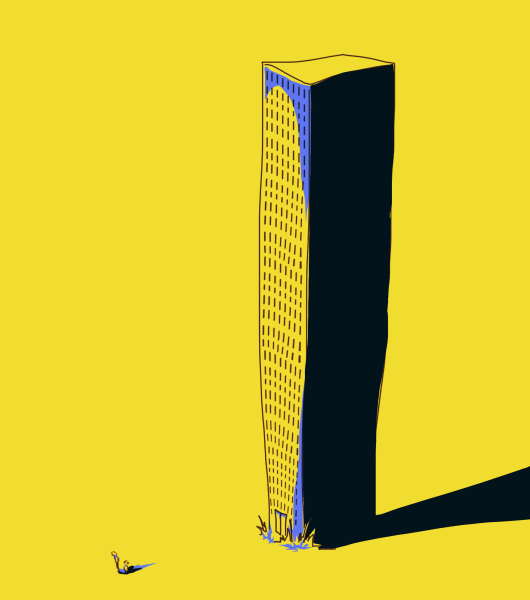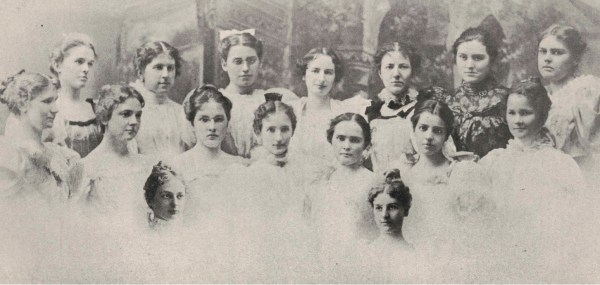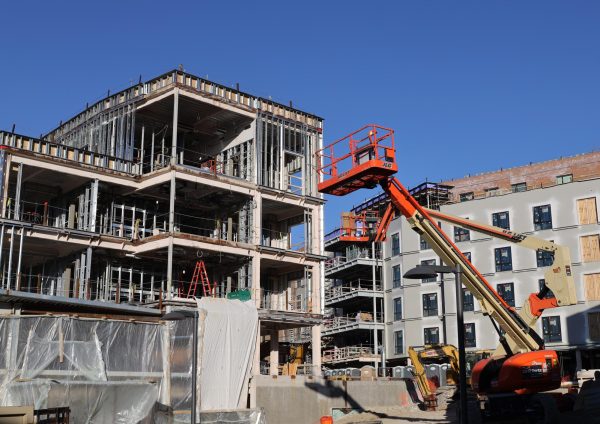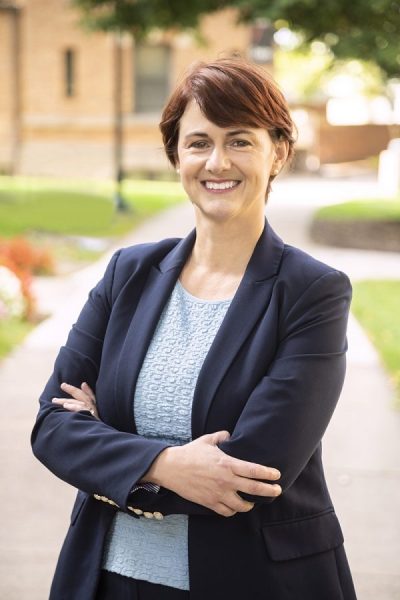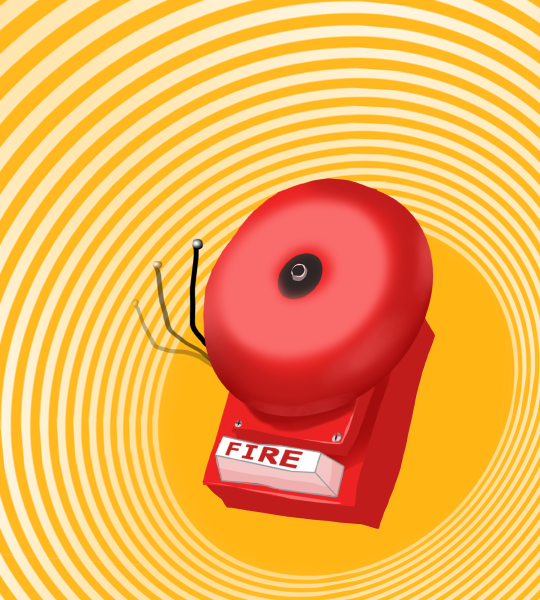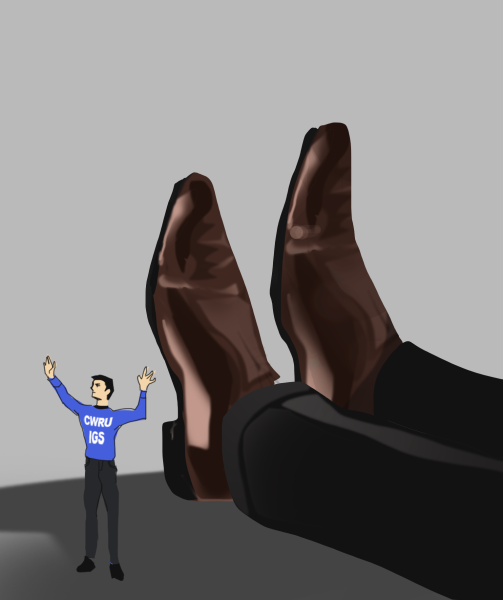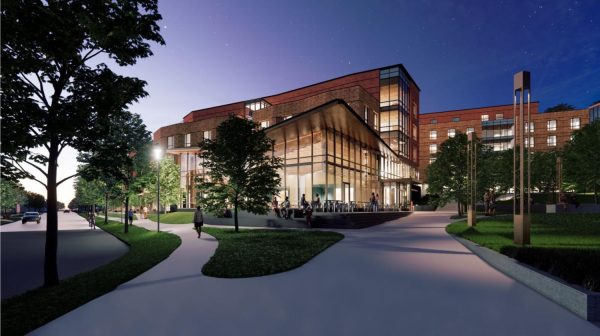New board aims to improve on-campus housing experience
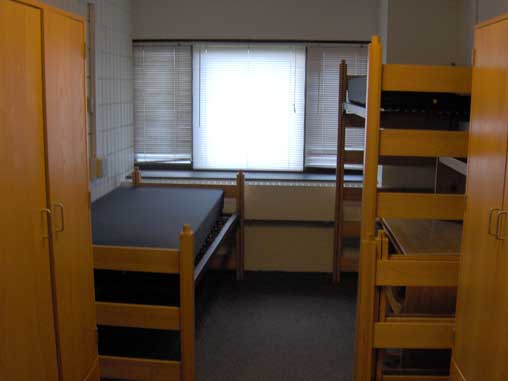
November 2, 2018
Everyone wants to love where they live. Luckily, Case Western Reserve University honors that notion through an organization of residents dedicated to improving the living conditions of the students: the Residence Hall Association (RHA). Now, the description also applies to the University Housing Resident Advisory Board (UHRAB).
According to its website, University Housing is “building the premier residential community in which to live, learn and lead.” To tackle this large responsibility, the department has enlisted the help of students through the UHRAB. Created by University Housing in September, the new organization assembled and started meeting in October.
The UHRAB is an organization made up of students who currently live in University Housing and have monthly meetings throughout the school year to discuss new initiatives and issues. According to the UHRAB application, the purpose of the group is for the students on the board to “provide advice and feedback on the residential living environment.”
This mission is reflective of University Housing’s goal to take students’ experiences into account when providing their housing plans. The advisory board will provide recommendations that Housing will consider when creating new goals and evaluating its effectiveness.
The application deadline to be on the UHRAB for this academic year was Sept. 30, and the applicants were notified of their acceptance on Oct. 5. The only requirements for applying were that applicants must be current residents of University Housing and able to attend the monthly meetings. Applicants were also asked to write a 200-word response on why they want to be on the board along with a pros and cons list of the residential environment. Membership with the UHRAB is for one year, but there is no limit to how many years one can apply to serve on the board.
RHA, while seemingly similar in function, has significant differences in its responsibility. The RHA was formed in 1992 when the former North Campus Association and the South Campus Association were combined into one group. Since the merger, RHA has grown in size and scope and, according to their website, is now “one of the largest student organizations on campus.”
RHA is made up of eight community councils which represent the eight residential colleges. Each building within the colleges also elects a House Representative for themselves while the entire community elects a Council President. The General Body is overseen by a seven member executive board, which is elected by the RHA General Body in the spring semester to a term of a single academic year.
According to their website, RHA “provides a forum to discuss residential issues, vote on measures, and enact positive and collaborative change across campus.”
The UHRAB and the RHA may seem redundant, but the biggest difference is that one serves University Housing itself, while the latter serves the residents of University Housing. UHRAB members are chosen by University Housing to provide advice to them, while RHA members are chosen by residents and work to positively impact residents through direct action.
















